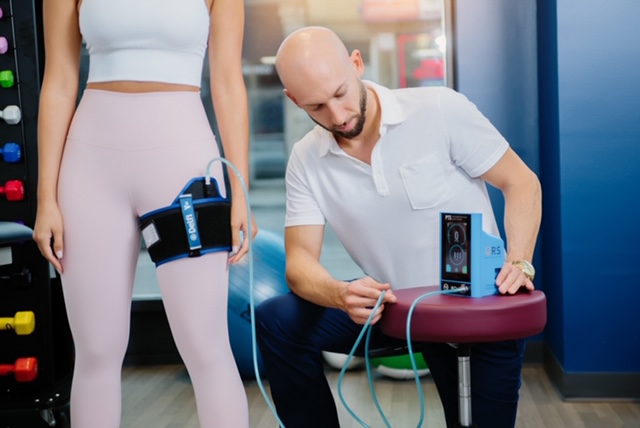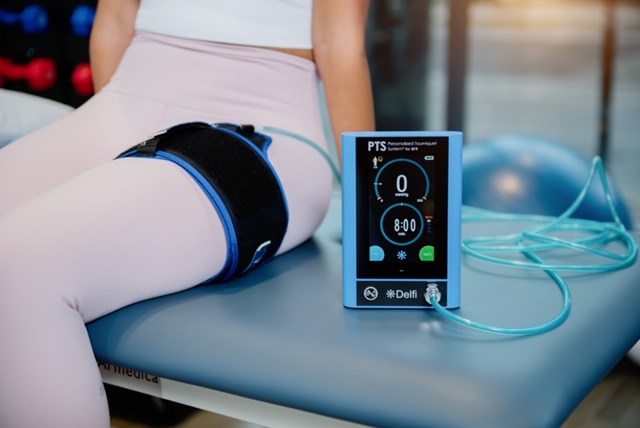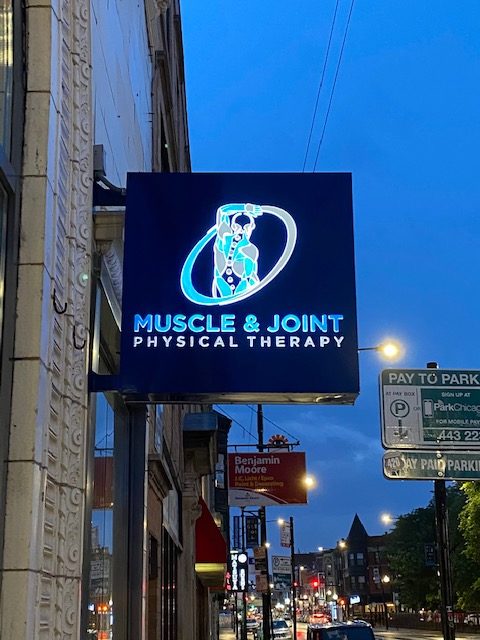Blood Flow Restriction Therapy
As the saying goes, work SMARTER not HARDER!!!
What is Blood Flow Restriction Therapy?
Who would benefit from Blood Flow Restriction Therapy?


How does this work?
Is BFR effective?
Is BFR safe?
Click her for more info: https://www.owensrecoveryscience.com
Key Benefits of Blood Flow Restriction Therapy
- Diminish atrophy and loss of strength from disuse and non-weight bearing after injuries
- Increase strength with only 30% loads
- Increase hypertrophy with only 30% loads
- Improve muscle endurance in 1/3 the time
- Improve muscle protein synthesis in the elderly
- Improve strength and hypertrophy after surgery
- Improve muscle activation
- Increase growth hormone responses
- Eliminate or Mitigate delayed onset muscle soreness from exercise
Lambert, B., Hedt, C. A., Jack, R. A., Moreno, M., Delgado, D., Harris, J. D., & McCulloch, P. C. (2019).
Blood flow restriction therapy preserves whole limb bone and muscle following ACL
reconstruction. Orthopaedic Journal of Sports Medicine, 7(3_suppl2), 2325967119S00196.
Pope, Z. K., Willardson, J. M., & Schoenfeld, B. J. (2013). Exercise and blood flow restriction. The Journal
of Strength & Conditioning Research, 27(10), 2914-2926.
Spranger, M. D., Krishnan, A. C., Levy, P. D., O’Leary, D. S., & Smith, S. A. (2015). Blood flow restriction
training and the exercise pressor reflex: a call for concern. American Journal of Physiology-Heart and
Circulatory Physiology, 309(9), H1440-H1452.
Wilson, J. M., Lowery, R. P., Joy, J. M., Loenneke, J. P., & Naimo, M. A. (2013). Practical blood flow
restriction training increases acute determinants of hypertrophy without increasing indices of muscle
damage. The Journal of Strength & Conditioning Research, 27(11), 3068-3075.

